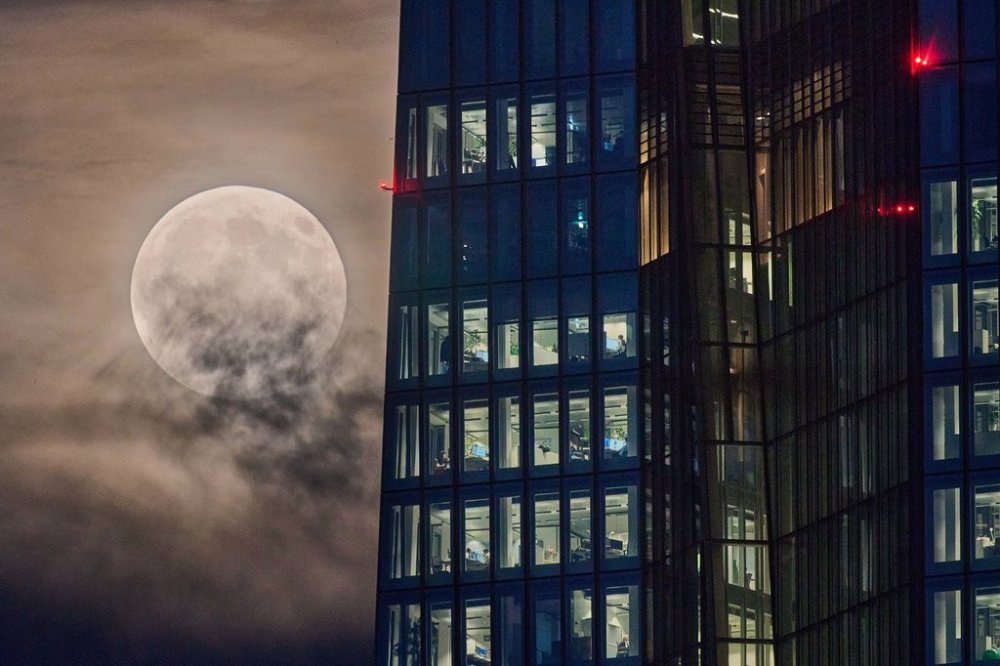Beaver moon, second supermoon of the year, lights up the night sky around the world
Advertisement
Read this article for free:
or
Already have an account? Log in here »
To continue reading, please subscribe:
Monthly Digital Subscription
$0 for the first 4 weeks*
- Enjoy unlimited reading on winnipegfreepress.com
- Read the E-Edition, our digital replica newspaper
- Access News Break, our award-winning app
- Play interactive puzzles
*No charge for 4 weeks then price increases to the regular rate of $19.00 plus GST every four weeks. Offer available to new and qualified returning subscribers only. Cancel any time.
Monthly Digital Subscription
$4.75/week*
- Enjoy unlimited reading on winnipegfreepress.com
- Read the E-Edition, our digital replica newspaper
- Access News Break, our award-winning app
- Play interactive puzzles
*Billed as $19 plus GST every four weeks. Cancel any time.
To continue reading, please subscribe:
Add Free Press access to your Brandon Sun subscription for only an additional
$1 for the first 4 weeks*
*Your next subscription payment will increase by $1.00 and you will be charged $16.99 plus GST for four weeks. After four weeks, your payment will increase to $23.99 plus GST every four weeks.
Read unlimited articles for free today:
or
Already have an account? Log in here »
TORONTO – People around the world got a glimpse of the second supermoon of the year brightening the night sky.
Called the Beaver Moon, it reached its peak in the morning hours on Wednesday.
Jesse Rogerson, an astrophysicist and York University professor, says a supermoon is only possible when the moon is at its closest point to earth and in its full phase.

He says the moon, like other objects in space, doesn’t orbit in perfect circles. Instead, it follows an elliptical pattern.
That means there is a point in time during its orbit when it’s closest to Earth and a point in time when it’s farthest away.
These points are called perigee and apogee, respectively.
Tuesday night’s full moon was at perigee, giving us the illusion of an unusually large moon.
According to NASA, supermoons happen about three to four times a year. The next supermoon, called the Cold Moon, will be on Dec. 4.
The names of these moons are connected to a variety of things, including Indigenous culture and human understanding of nature, Rogerson says.
The Beaver Moon name comes from being the full moon that happens around the time that beavers are starting to get ready for winter.
This report by The Canadian Press was first published Nov. 5, 2025

